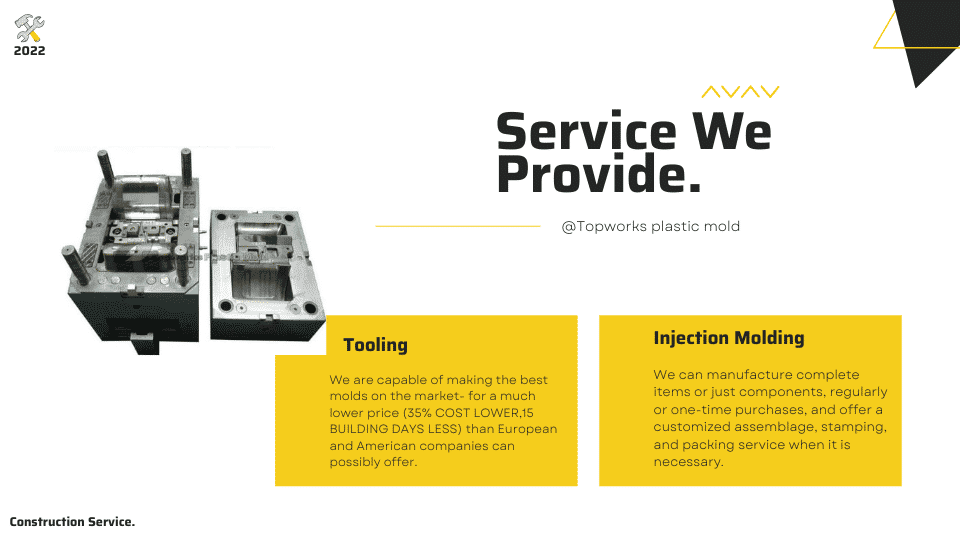A key preliminary step in manufacturing products in China or elsewhere in Asia is developing a design for the manufacturing process (also known as a “design for manufacturability” or DFM). To effectively create a product, DFM takes into account the entire manufacturing process and maps out the simplest and most cost-effective way to accomplish that goal.
New products are developed according to this strategic strategy. DFM is one of the most effective ways to avoid common major pitfalls that businesses face when manufacturing products abroad. Leading sourcing agents and factory consultants recommend it.
The three main goals of DFM are as follows:
-
SPEED UP TO THE MARKET
Along with its effectiveness in lowering costs, DFMs help to significantly accelerate the time to market as well. A DFM is useful in reducing the amount of time it takes to redesign products, set up factories, and produce products caused by miscommunications between a business’s product design and production teams. Fast time to market is crucial in today’s world of overseas manufacturing. If your product is manufactured in the United States, your overseas competitors may take advantage of the opportunity even before it is brought to market, even if your trademark and intellectual property are well protected. To minimize the possibility of new competitors emerging and taking market share, DFM is essential to reducing delays and speeding up the process to market.
-
SAVING MONEY
Changing a product’s design is the least costly way to change the manufacturing process and is critical to the success of a product. Many businesses believe that decisions made during design account for 70-80% of their production costs. By incorporating a DFM into the design process, engineering and manufacturing teams (those responsible for understanding how to manufacture the product) are able to work together more efficiently. During the design process, teams can coordinate their efforts in two important ways:
- Evaluating feasibility
- Designing with less complexity
Complicated and expensive tooling is often required for overly complicated designs. An unfeasible design might have to be altered or completely rethought if it is discovered by the manufacturer. By simplifying a design, you can standardize parts and minimize tooling and material costs. Making use of these functions ensures ease of manufacture and avoids unnecessary costs.
-
SUCCESSFUL QUALITY CONTROL
In Design for Manufacturing, it is critical to ask the question, “How will the final product impact the appearance, functionality, and feel of the original product design?”The likelihood of discrepancies between the original product design and the final design is much lower when starting with this end in mind. When this DFM principle is combined with lowering design complexity, it makes quality control a simple and straightforward process.
This is true regardless of whether the quality control/quality assurance is conducted by a company’s own personnel or by a third party. It can be extremely expensive to rectify or make changes to a manufacturing process once issues are found at this stage. This type of issue and associated costs and delays can be mitigated by DFM. In the event that changes are necessary, a well-constructed DFM allows them to be made more easily and more cost-effectively than would otherwise be possible.
When creating a product, a business may get ahead of itself and ignore designing for manufacturing. Unexpected difficulties usually arise as a consequence, causing businesses to stumble. Developing a DFM requires time and resources, but it is undoubtedly worthwhile. Professional supply chain consultants or sourcing groups are excellent tools for finding reliable manufacturers in Asia, addressing questions regarding DFMs, and assisting in the process by finding and introducing your business to them.

